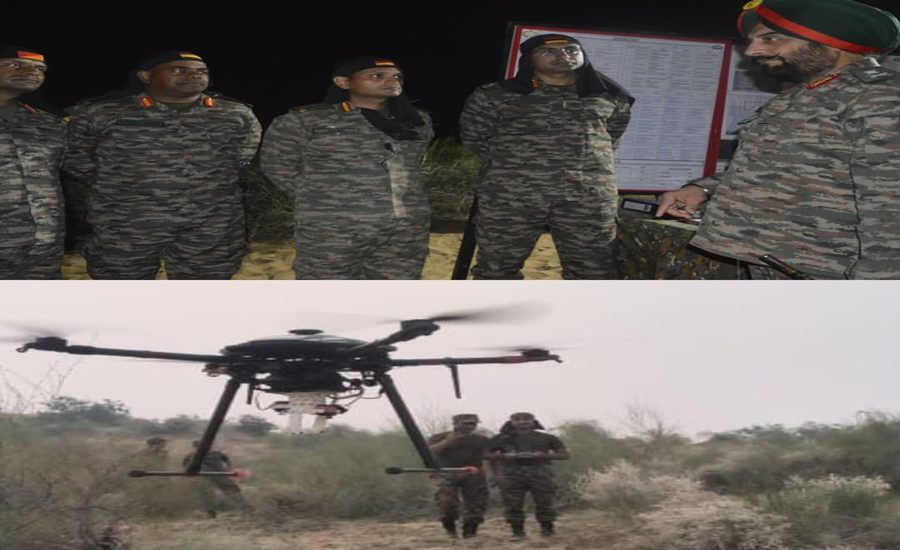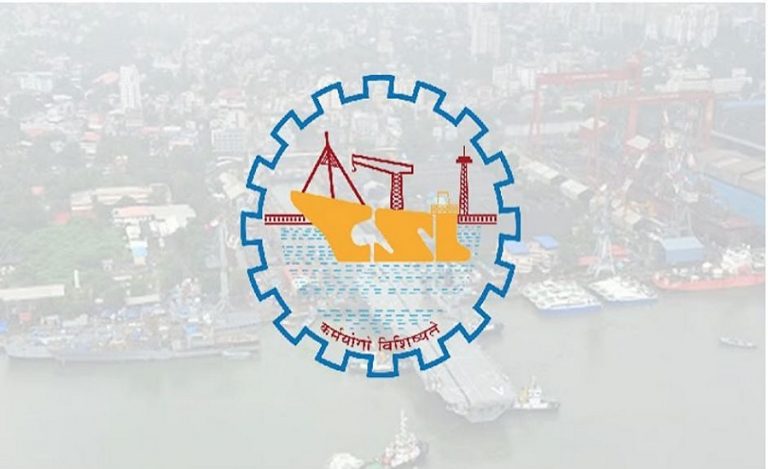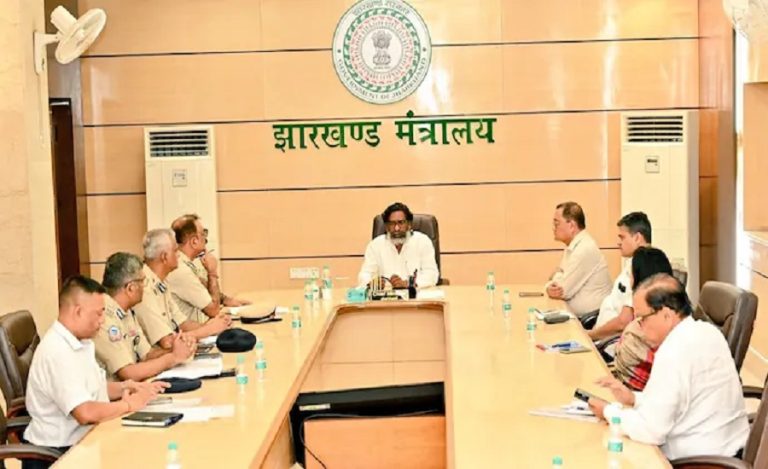Jaipur: The Sapta Shakti Command of Indian army recently executed a large-scale combat exercise at the Mahajan Field Firing Range in the Thar Desert. The drill was designed to test war-preparedness, operational agility and integration across multiple combat and support arms in one of India’s most challenging terrains.
Background of Sapta Shakti Command
Based in the desert terrain of Rajasthan, the Thar Desert offers a unique harsh environment for military training. The exercise was conducted by the Ranbankura Division under the Sapta Shakti Command, aiming to refine tactical drills, strengthen inter-arms coordination and validate operational logistics and communication networks.
With rising regional security challenges and rapidly evolving threats (including drones and cross-border incursions), such large-scale exercises are critical for ensuring readiness along sensitive borders.
Face Behind This Exercise
The exercise was reviewed by Lt Gen Manjinder Singh, Army Commander of Sapta Shakti Command. Under his leadership, the exercise emphasised integration of infantry, mechanised forces, air-defence, artillery, engineer and logistics components. The participating Ranbankura Division demonstrated high levels of professionalism, discipline and adaptability during the drill.
Importance of the Sapta Shakti Command in Exercise
Readiness in Diverse Terrain: Operating in desert terrain demands endurance and adaptation — this drill validated the troops’ ability to perform under realistic, high-intensity conditions.
Integrated Combat Approach: By combining infantry, tanks, mechanised units, artillery and drone platoons, the exercise underscored the Indian Army’s shift toward multi-domain warfare.
Logistics & Communication: The drill tested combat-support systems, resupply chains, command-and-control protocols and secure communication networks — key in any major conflict.
Technological Edge: Integration of drone (Ashni) platoons, intelligence coordination and modern surveillance platforms signals a move toward more tech-enabled operations.
Major Challenges Highlighted
Operating in the Thar Desert presents specific hurdles:
Extreme Environment: Harsh climate, sand, heat and sparse terrain affect equipment, mobility and human endurance.
Complex Coordination: Synchronising various arms (infantry, mechanised, artillery, air defence) demands rigorous training and real-time intelligence.
Seamless C2 (Command & Control): The margin for error in desert operations is smaller; robust communication and unified battle picture are essential.
Emerging Threats: Drone incursions, long-range artillery threats, cyber-electronic warfare and hybrid tactics require adaptive planning.
Key Implications
- Demonstrating such high readiness sends a strong message to adversaries about India’s capability to respond swiftly and effectively.
- The exercise paves the way for adopting more indigenous and tech-driven platforms under initiatives like Atmanirbhar Bharat.
- Strengthening border readiness in sensitive regions boosts deterrence and contributes to overall security architecture.
- Real-time evaluations in the desert environment feed large-scale improvements in doctrine, tactics and logistics.
Way Forward
- Regularised large-scale drills will keep the formations sharp and adaptable across terrains.
- Further incorporation of unmanned systems, AI-enabled logistics and real-time battlefield analytics will be key.
- Desert operations require specialised supply chains and mobility assets — investing here is crucial.
- Concepts of multi-domain operations must be refined and institutionalised based on lessons from such exercises.
- Amplifying inter-services coordination (Army, Air Force, Navy when needed) will strengthen overall war-fighting posture.
Read Also: Cyber to Desert: Exercise Trishul Proves India’s Armed Forces Are Battle-Ready for Every Domain



























